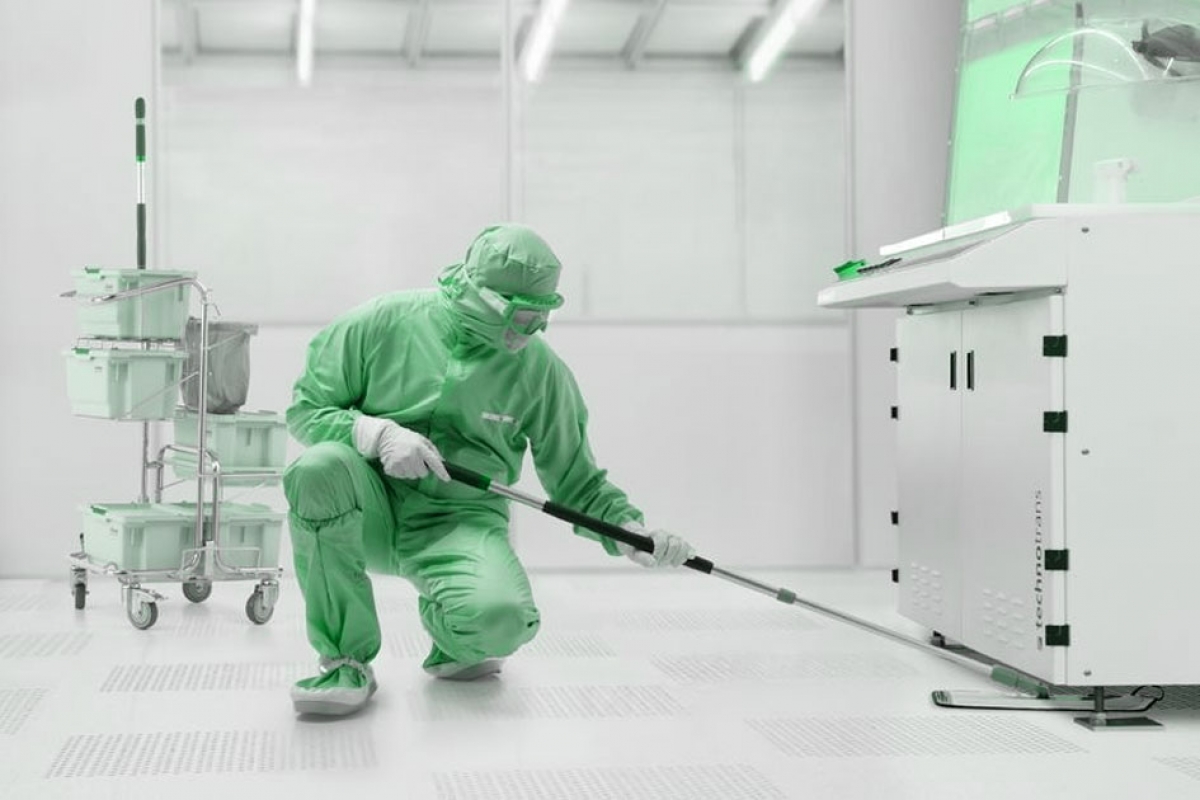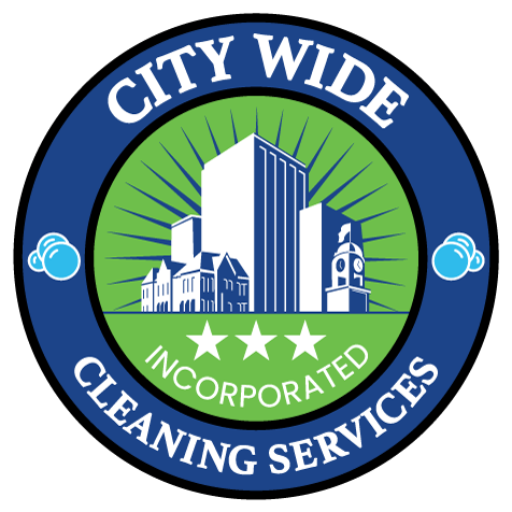
Why Cleanroom Cleaning and Sterilization Matters
In industries where even a single particle can cause contamination, cleanroom cleaning and sterilization is not a luxury, it’s a necessity. Cleanrooms are critical environments found in pharmaceutical labs, biotechnology facilities, semiconductor manufacturing plants, and healthcare research centers. These spaces demand the strictest cleaning and sterilization protocols to maintain compliance, safeguard product integrity, and protect human health.
Let’s explore how cleanroom cleaning works, the procedures that make it effective, and why professional services are vital for ongoing success.
Understanding Cleanroom Standards and Contamination Control
The Anatomy of a Cleanroom
A cleanroom is a controlled environment where the concentration of airborne particles is minimized. These rooms are classified based on the number of particles per cubic meter as defined by ISO standards. For example, ISO Class 5 cleanrooms allow no more than 3,520 particles per cubic meter.
Keeping a cleanroom within standard means controlling:
- Particulate matter
- Microbial contaminants
- Air pressure and flow
- Temperature and humidity
Common Sources of Contamination
Contaminants can enter cleanrooms via:
- Human contact (skin flakes, hair, clothing fibers)
- Packaging and equipment
- HVAC systems
- Fluids and chemicals
Routine cleaning alone isn’t enough. A professional approach is needed to avoid breaches in sterility or particulate control.
The Science Behind Cleanroom Cleaning and Sterilization
Step-by-Step Decontamination Protocol
- Preparation and Zoning: Cleaners wear sterile garments and organize cleaning into zones based on contamination levels.
- HEPA Vacuuming: Using HEPA-filtered vacuums to eliminate fine dust and debris without redistributing particles into the air.
- Surface Disinfection: Wiping with ISO-compliant microfiber cloths and sterilants like isopropyl alcohol or hydrogen peroxide.
- Mopping with Cleanroom-Grade Tools: Floors and walls are cleaned using non-shedding mop heads and sterile solutions.
- Final Air and Surface Testing: Particle counters and microbial testing tools confirm the area meets required ISO or GMP standards.
According to the CDC guidelines on sterilization and disinfection, using appropriate chemical disinfectants is crucial to effective cleanroom cleaning.
Choosing the Right Partner for Cleanroom Cleaning and Sterilization
What to Look For
- Trained Technicians: Staff should understand ISO classifications, aseptic technique, and documentation.
- Proper Equipment: Use of cleanroom-certified tools and chemicals.
- Validation and Reporting: Full documentation of cleaning processes for audit compliance.
- Scheduled Maintenance: Cleaning should occur at regular intervals, not just reactively.
Related Services That Complement Cleanroom Maintenance
Some facilities also benefit from UV-C disinfection services, which can be used between cleanroom cleanings for added sterilization.
Why City Wide Cleaning Is Your Cleanroom Partner
At City Wide Cleaning, we specialize in cleanroom cleaning and sterilization for ISO Class 3 to ISO Class 8 environments. Our team is trained in advanced protocols, aseptic handling, and specialized sterilization methods.
Our cleanroom services include:
- Pre-cleaning assessments
- Surface sterilization and particulate removal
- Airborne particle control and testing
- Scheduled cleanings compliant with GMP, FDA, and ISO standards
Our mission is to help your facility maintain regulatory compliance while reducing risk and downtime.
Get in touch today at (619) 938-2600 or email info@citywidecleaningservices.com to schedule a consultation or customized quote.
